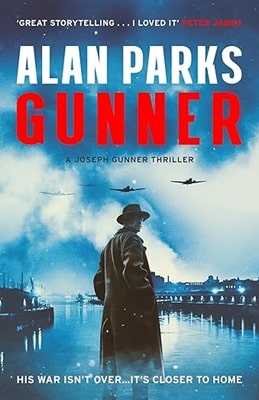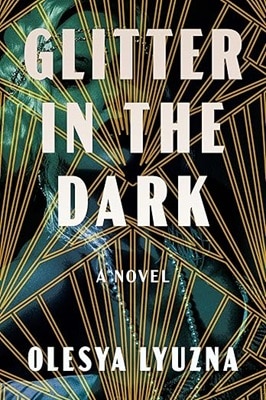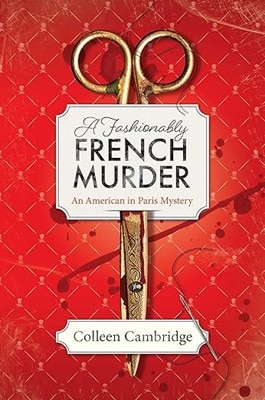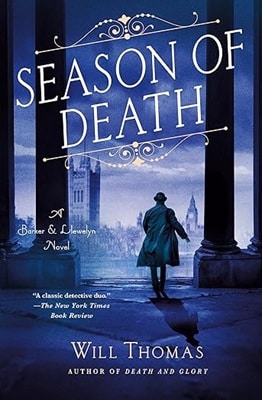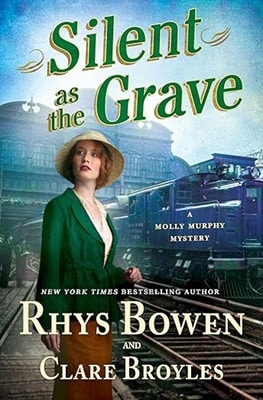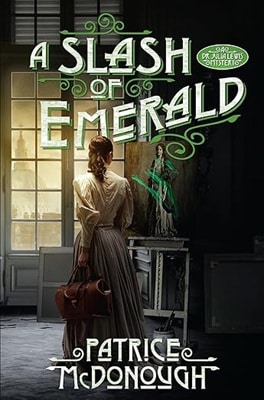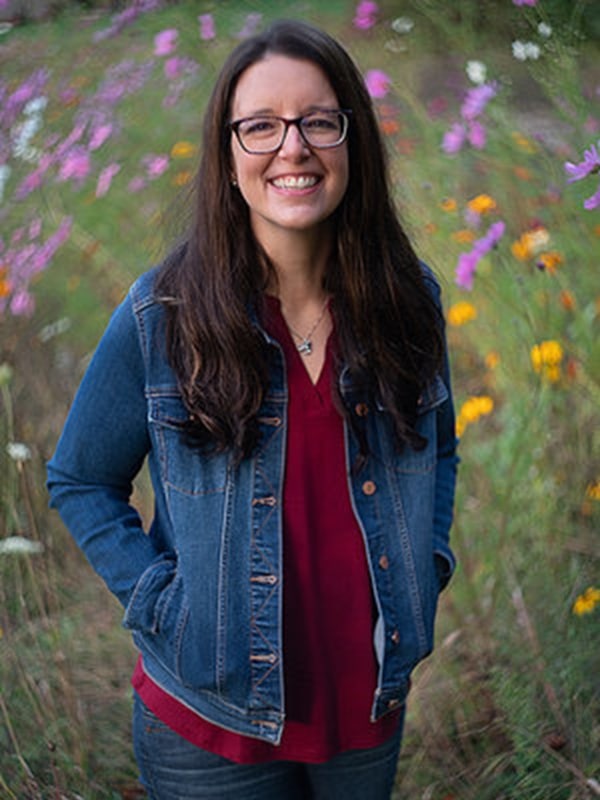
Amanda Flower is a USA Today bestselling and Agatha Award-winning author of over thirty-five mystery novels. Her novels have received starred reviews from Library Journal, Publishers Weekly, and Romantic Times, and she had been featured in USA Today, First for Women, and Woman’s World. She currently writes for Penguin-Random House (Berkley), Kensington, Hallmark Publishing, Crooked Lane Books, and Sourcebooks. In addition to being a writer, she was a librarian for fifteen years. Today, Flower and her husband own a farm and recording studio, and they live in Northeast Ohio with their two adorable cats.
Q: In I Died for Beauty, how did you get the idea for the story?
Amanda Flower: I wanted to continue the timeframe of the 1850s, before the Civil War, because that is when Emily Dickinson was most active. In my research, I found out about the cold storm and also discovered there was a big Irish community in Amherst.
Q: What was the role of the fire?
Amanda: People tried to stay warm, and then a fire could easily start. The community lived very close together, which made it a hotbed for fires. The killer used the fire to cover up a murder and was hoping people would let it go—because it was just an Irish family that died. Of course, Emily wouldn’t let it go. I also wanted to contrast the freezing weather and the fires—cold and hot.
Q: Are the Katharine Wright books more about women’s rights, and the Emily books more about the different classes?
Amanda: Definitely. The Katharine books are set fifty years later, in a world that’s very different—post-Civil War and amid major industrialization. Rights for the middle class are just beginning to emerge. During Emily’s time, people were either lower class or upper class. For example, in the book, Willa—Emily’s servant, peer investigator, and friend—was always introduced after her dog, Carlo. To Emily, the dog was equal to a person. She saw Carlo as a member of her family, and Willa as her maid. Willa was more aware of her status in society than Emily was.
Q: How would you describe Norah?
Amanda: She’s terrified, having lost her parents in the fire. She feels invisible to the wealthy. She grabbed Willa’s heart, who wanted to protect and care for her. Norah is now angry and frustrated. Willa bonds with this little girl because she also knows what it’s like to lose family.
Q: Why include this quote about Emily: her words “are to be interpreted as how the receiver wished”?
Amanda: Her poetry can be interpreted in various ways. She had feelings about what it meant, but never explained herself. Today, a poet might explain why they wrote something. Many 19th-century poets never interpreted their own work—they just let readers respond.
Q: In the book Not They Who Soar, the Katharine Wright book, how did you get the idea?
Amanda: Katharine wrote letters to her father when she was at the St. Louis World’s Fair. I thought this could be a perfect place for a murder. There was also an aeronautics competition, and Alberto Santos-Dumont—a real person—planned to fly a balloon while Katharine was there.
Q: Balloons versus planes?
Amanda: The Wright Brothers didn’t go to this competition because they didn’t think it was fair. Balloons take off completely differently and use hot air. They also didn’t want to fly in front of a lot of people because their patent hadn’t been approved yet.
Q: Speaking of women’s issues, Katharine went to the World’s Fair alone?
Amanda: Katharine wanted to go and went by herself. She was spunky. This was unheard of for a single woman to travel across the country alone. Once there, she stayed with her friend Margaret, who sadly got a bacterial infection from something she ate and eventually died.
Q: What was the role of Camilla Ortiz?
Amanda: She and her twin sister were fictional. Camilla was a woman in a man’s world who was knowledgeable about flying. At the time, there was a handful of female mechanics who worked on autos and airplanes. In the story, she dealt with a lot of sexism.
Q: What about the Temple of Mirth?
Amanda: This fun house was real. The scary clown head at the top was also real. I thought it was creepy and made a good setting for a mystery scene. I described what it was really like but added the Tunnel of Love.
Q: What’s next?
Amanda: The Emily series is finished. Newlyweds Can Be Knocked Off is my next book—it’s the sixth and final Amish Matchmaker novel. But the Amish Candy Shop series will continue. Truffle of Trouble will come out in January and features Aiden and Bailey getting married—of course, someone is killed. Millie and Lois will be in the Candy Shop books because I don’t want to lose them.
I’ll either be writing another Katharine book or starting a new series of American 1880s historical mysteries.
I Died for Beauty by Amanda Flower is the last Emily Dickinson book of the series. Not They Who Soar is the second book of the Katharine Wright series.
I Died for Beauty has Emily Dickinson and her maid Willa investigating a fire in
Amherst, 1857. As Amherst families attempt to keep their homes warm, fears of fire abound because of one of the worst winters in New England’s history. In the Irish community a young couple is killed in a fire, leaving behind their young daughter, Norah. Emily and Willa will leave no stone unturned in their quest to find out was the fire an accident or murder.
Not They Who Soar has Katharine Wright deciding to attend the World’s Fair in St. Louis. She will be staying with her best friend Maragret. Both are having a fun time until Katharine realizes that a woman is in distress and has been attacked. Closer inspection finds that the woman has been murdered. The women are giddy with excitement, despite warnings from Katharine’s old family friend, poet Paul Laurence Dunbar, to be careful of the fair’s less seemly side. Because she cannot get the woman’s face out of her mind Katharine is determined to find out what really happened, realizing that it is somehow connected to the first in flight competition.
Both books are equalizing tantalizing, with the ingenious ways Amanda Flower blends a mystery murder with the real-life characters of Emily and Katharine. A bonus is how the history, real events, and real people were scattered throughout the plot, adding to the story.

